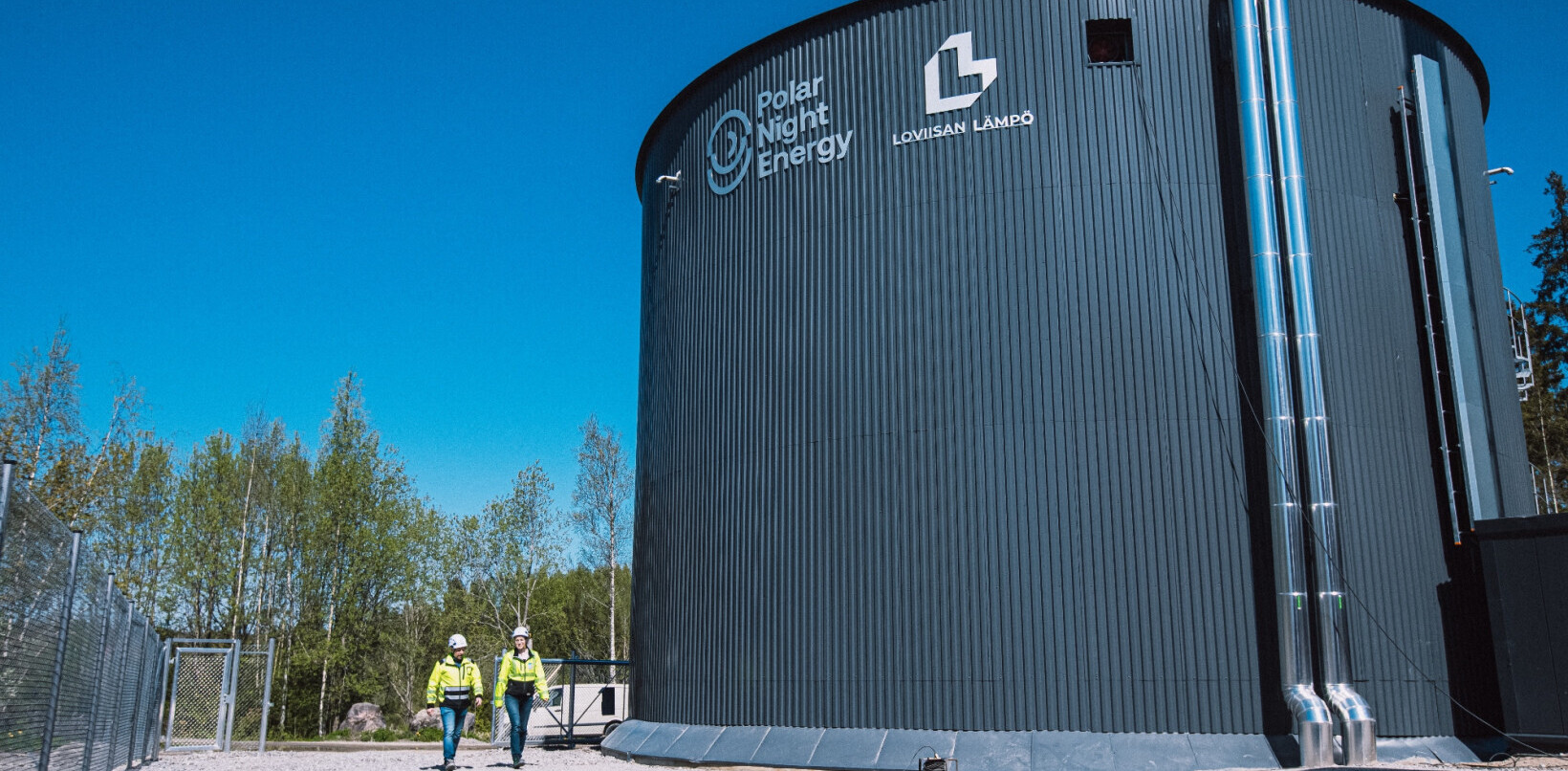
“We will make electricity so cheap only the rich will burn candles,” Thomas Edison reportedly said during the first public demonstration of his light bulb. Unfortunately, it wasn’t made cheap enough. Annually, almost $90 billion worth of energy gets stolen worldwide, particularly in India, Brazil, and Russia.
In the Netherlands, electricity theft and fraud is nothing new either. While commonly associated with weed farms, the last five years have seen a 20 percent spike in non-weed farm related electricity fraud cases. Among them is a new group of electricity thieves posing a challenge for police and distribution network operators: bitcoin miners.
In contrast to weed farms where the lights don’t need to be on night and day, bitcoin miners can keep mining bitcoin — and drain energy — 24/7.
The need for new methods of energy fraud detection is pressing if grid operators want to stay one step ahead of thieves. At the moment energy theft detection is primarily a reactive method, but the introduction of algorithms and data analytics could soon mean a more effective, proactive method of electricity fraud detection.
Greedy thieves
Lately, a slew of reports has illustrated the absurd energy usage it actually takes to mine the digital currency. Research predicts that bitcoin is using half a percent of the world’s energy usage — the equivalent energy intake of a country like Ireland — with some researchers estimating that number to be even higher.
Bitcoin mining is a legal practice in the Netherlands, but because of the high value of bitcoin and the need to suppress electrical costs, some miners have turned to energy fraud to increase their bottom line.
Recently, for example, a Dutch system manager got fired after his boss discovered he’d secretly set up a bitcoin mine in the company’s server room.
“The reason these people resort to fraud is simply greed,” Jürgen de Bresser, financial detection agent of the Dutch police, tells me over the phone. De Bresser was recently involved in the bust of a fraudulent bitcoin mine in Rijen, a small town in the Dutch province of North-Brabant.
Electricity costs are the biggest expenses when it comes to mining, with half of the revenue being spent on the energy bill.
If caught, electricity thieves just have to pay the energy provider the price for the ‘extra’ electricity used. This means electricity thieves often pay less than consumers
“If we calculate how much money a bitcoin mine has made, we have to account for all that money through collected evidence,” De Bresser tells me. “So we look for proof — like photos of the bitcoin farm on the owner’s mobile phone — to determine how long the mine has been in operation and how many machines were running.”
Because the majority of these operations happen under the radar, it’s not always possible for police to find proof of the entire operation. As a result, the calculated profits are sometimes less than what the miners actually make.
Life-threatening situations
In terms of public safety, electricity fraud is an even bigger problem. Poorly connected live cables in bitcoin mines — just like weed farms — could be highly inflammable, creating life-threatening situations. Cables and sockets can easily burn out when the machines they are connected to — like bitcoin mines or fans cooling the servers — require more energy than they can handle.
Bitcoin mines produce a large amount of heat. One crafty DIY-bitcoin miner used the heat emanating from his servers to warm up the water in his bathtub. The system was so effective that the machines had to be turned off at times, as the water reached temperatures dangerous for himself and his pets.
Inexplicable heat and electricity problems in a neighborhood are signs of potential electricity theft to grid operators. “Once, we got a report from people saying their walls were strangely hot,” Petra van der Veen, team leader of the fraud team of Stedin, one of the biggest Dutch distribution network operators, tells me.
“The place next door showed all the signs of an electricity-stealing weed farm.” But when the police raided the building, it turned out to be a bitcoin mine instead.
“Electricity fraud can pose dangerous situations for the neighbors,” Van der Veen says. “That’s why detecting electricity theft is one of our priorities. We have a social obligation to help police and municipalities to nip these in the bud as soon as possible.”
When the police detect energy fraud and decide to raid a building on Stedin’s grid, the energy provider is always present to secure the scene. In many cases, police officers found themselves in life-threatening situations once inside — some of these places even turned out to be booby-trapped. An electrical professional needs to make sure the police can enter safely.
Using big data and AI
Right now, the problem with energy fraud detection in the Netherlands is that existing methods are passive, luck-dependent, and labor-intensive.
One way of committing electricity fraud, for example, is by tampering with the energy meter so the extra energy usage isn’t recorded. Hacked energy meters are usually accidentally discovered by electrical inspectors during a routine check-up.
A more prolific form of electricity theft is hooking up a cable straight from an underground power line. Detecting this kind of electricity fraud relies mostly on reports from third parties, such as neighbors, police agents, and other people reporting suspicious signs or behavior.
After a report comes in, a distribution network operator like Stedin checks the location to see if the building is showing signs of unconventional energy usage. If so, they will pass this information on to the public prosecutor who decides if the evidence justifies a raid.
Grid operators would like to turn his passive approach into a proactive one — a transformation that might be possible with new technologies. All eyes are now on the promises of big data, algorithms, and artificial intelligence.
A team of researchers from the University of Luxembourg recently developed an algorithm that tracked the energy use of 3.6 million Brazilian households over five years. The algorithm would locate properties with a suspiciously low energy usage so they could be properly investigated by inspectors.
While most of these predictive data analytics methods are still in the research phase, some private research institutions, like Instituto de Ingeniería del Conocimiento (IIC) based in Madrid, are already offering it to clients. On their website, they promise their software will “reduce losses associated with fraudulent use of resources” and “optimize the number of checks, avoiding costs incurred by unnecessary checks.”
Stedin is moving in a similar direction, says Van Der Veen. “We are currently running a pilot in Rotterdam; we’ve placed devices in voltage rooms which collect electricity usage data for research.” Hopefully, the data they collect helps them find patterns that will indicate what kind of fraud is happening and where. “We are still in the test phase,” Van der Veen concludes.
Stedin is also looking to collaborate with startups that have smart solutions to better detect power fraud. This is why the grid operator recently entered the Vodafone TNW IoT Challenge, a program designed to connect startups to established companies.
There is still a lot of work ahead concerning developing and implementing these new technologies, but smart detection software is on the horizon.
While global interest in and energy usage of cryptocurrencies isn’t slowing down anytime soon, the shift to smart electricity theft software would be a solid preliminary strategy — providing grid operators with the tools to combat future forms of energy theft.
Got a better solution to nip energy fraud in the bud? Sign up for the Vodafone TNW IoT Challenge before August 10.
Get the TNW newsletter
Get the most important tech news in your inbox each week.





